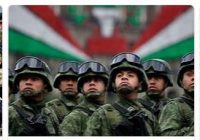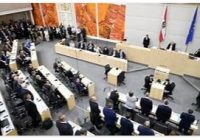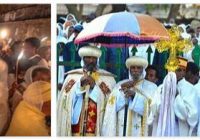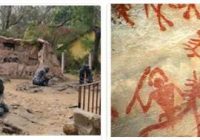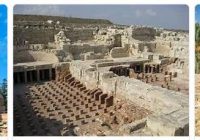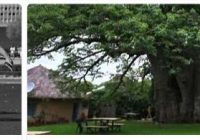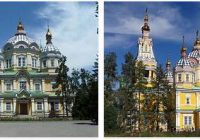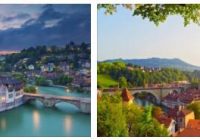Argentina Economy Between 1950 and 1975
The economy of the Argentina, in the years 1950-70, was dominated by a high rate of inflation. Between 1950 and 1966 prices grew at an average annual rate of more than 25%, rarely the rate of increase was less than 10% a year, in 1958 it was 50% in the following year it reached 100%.… Read More »



